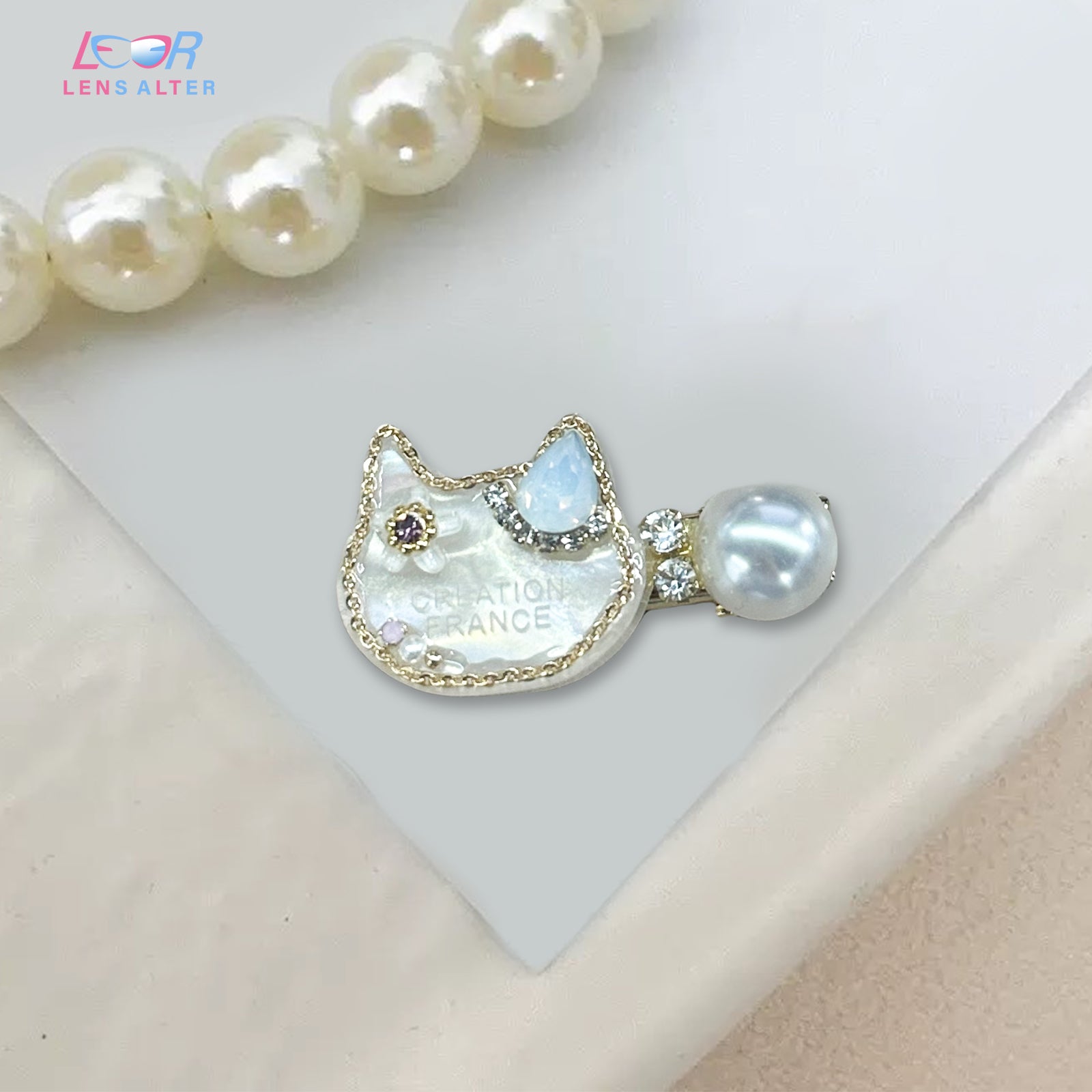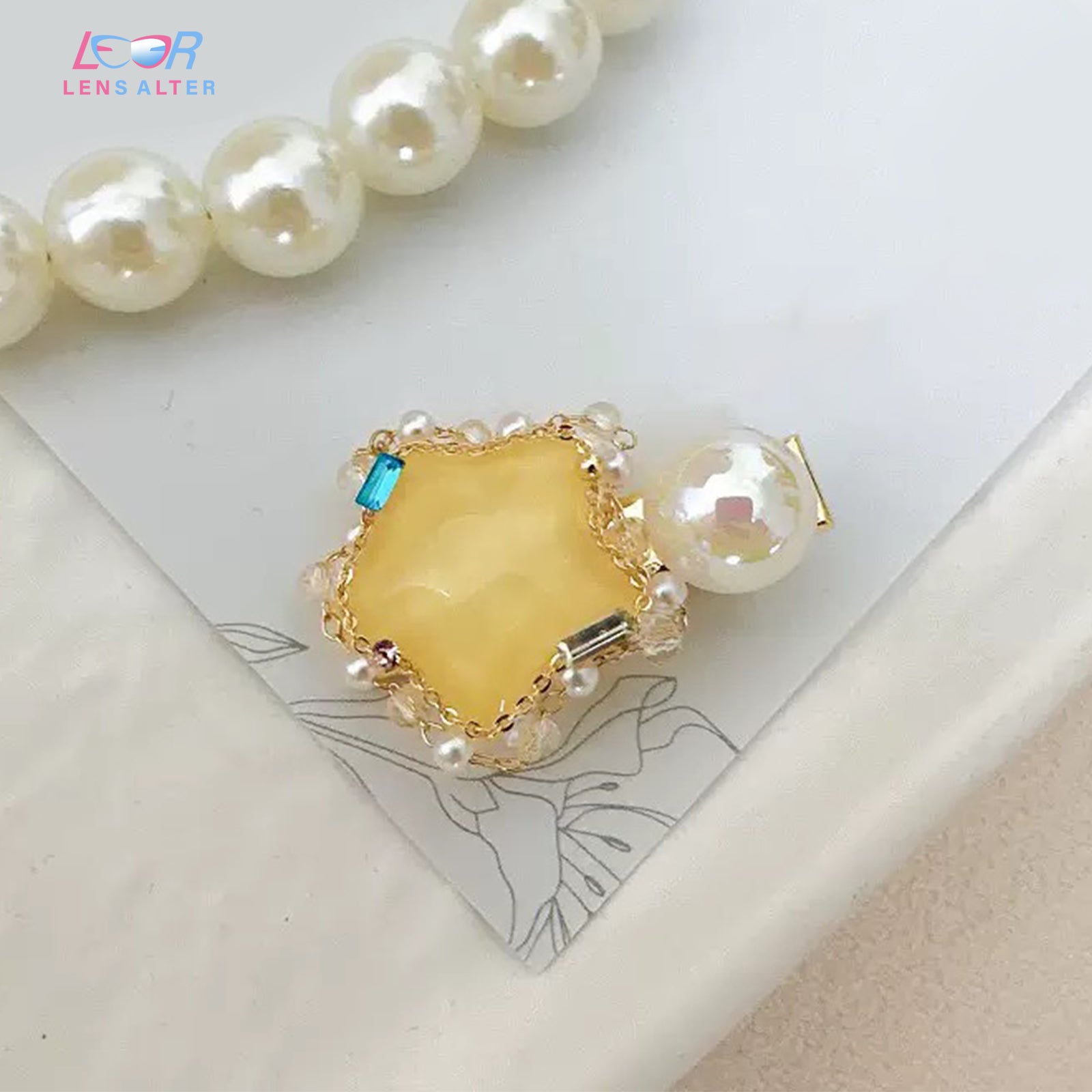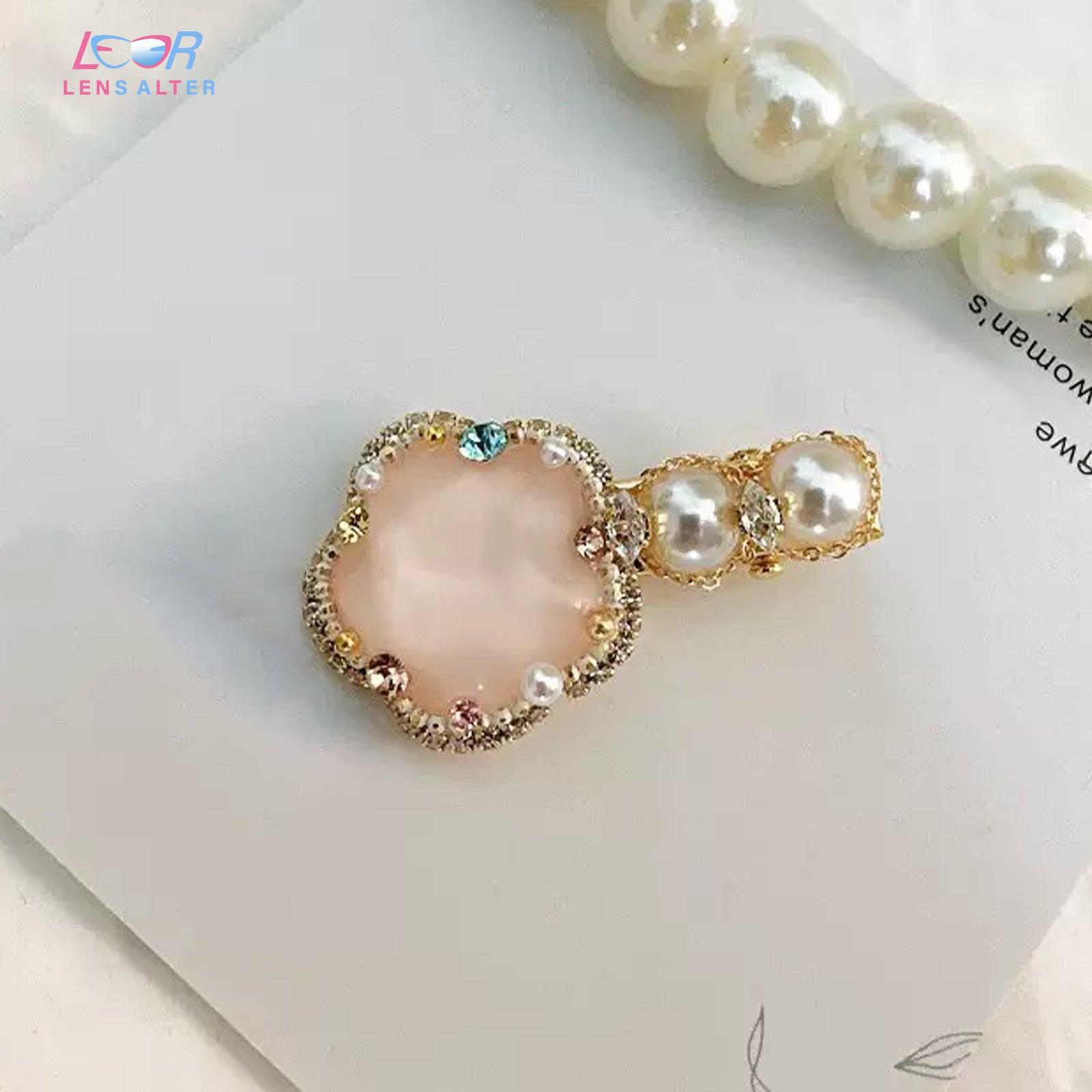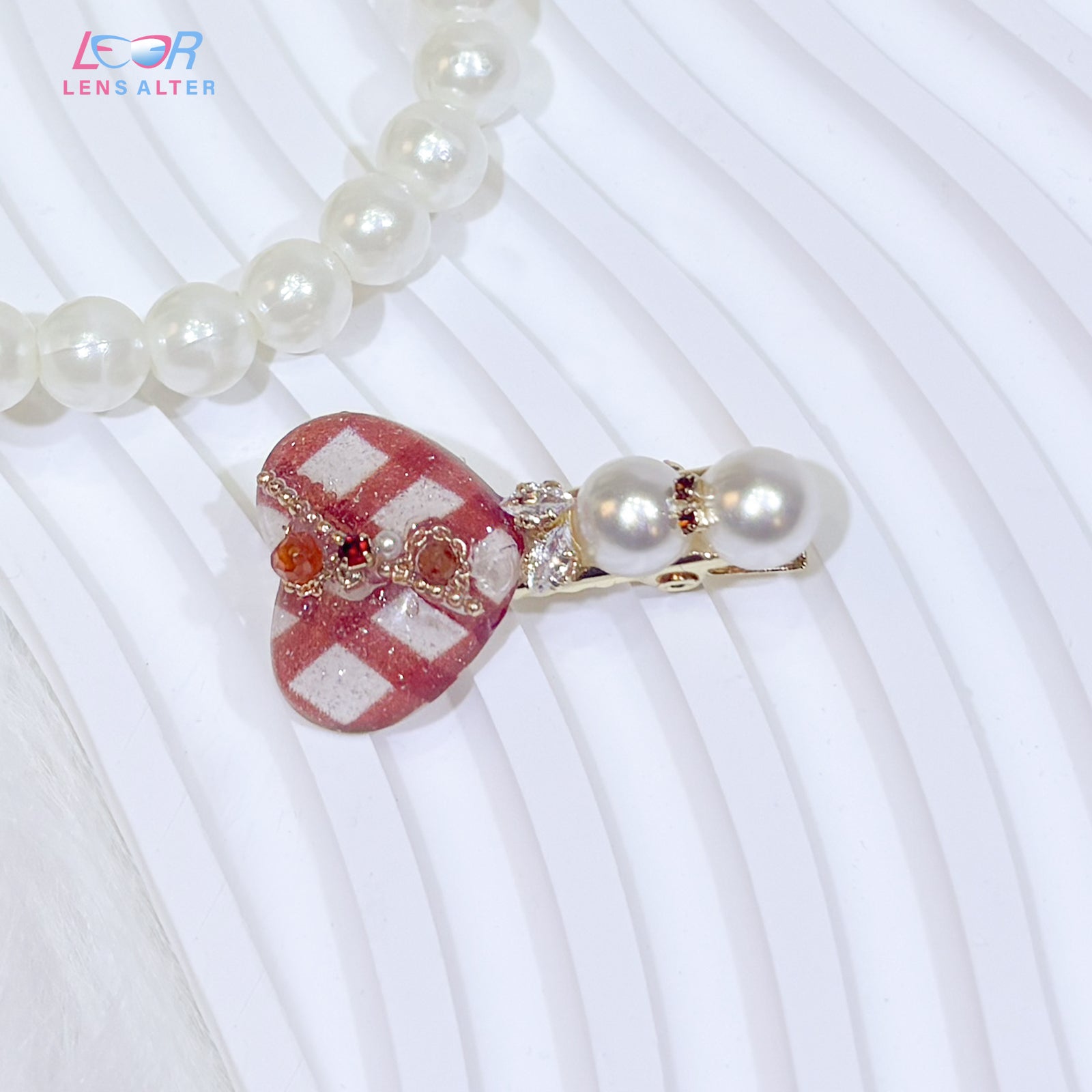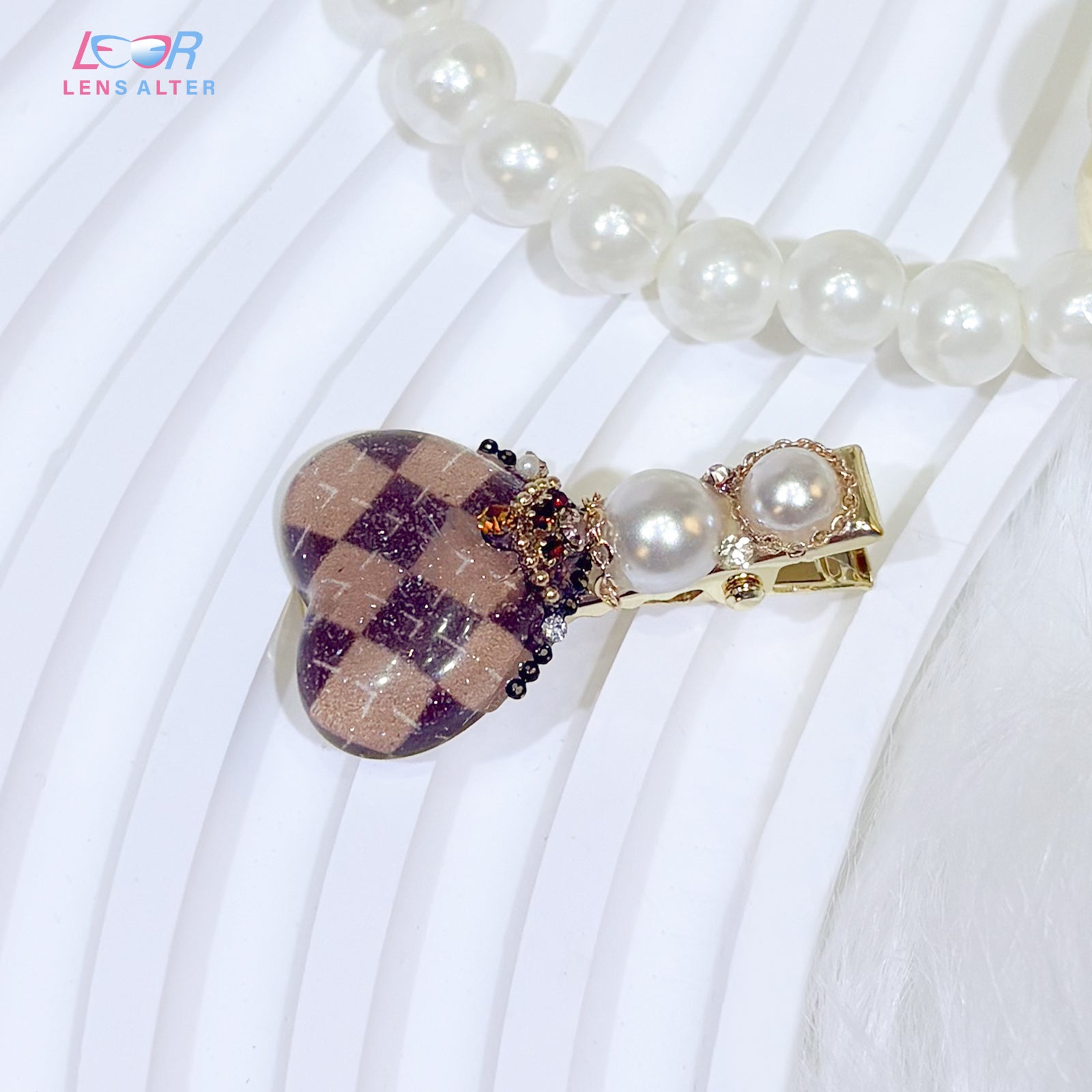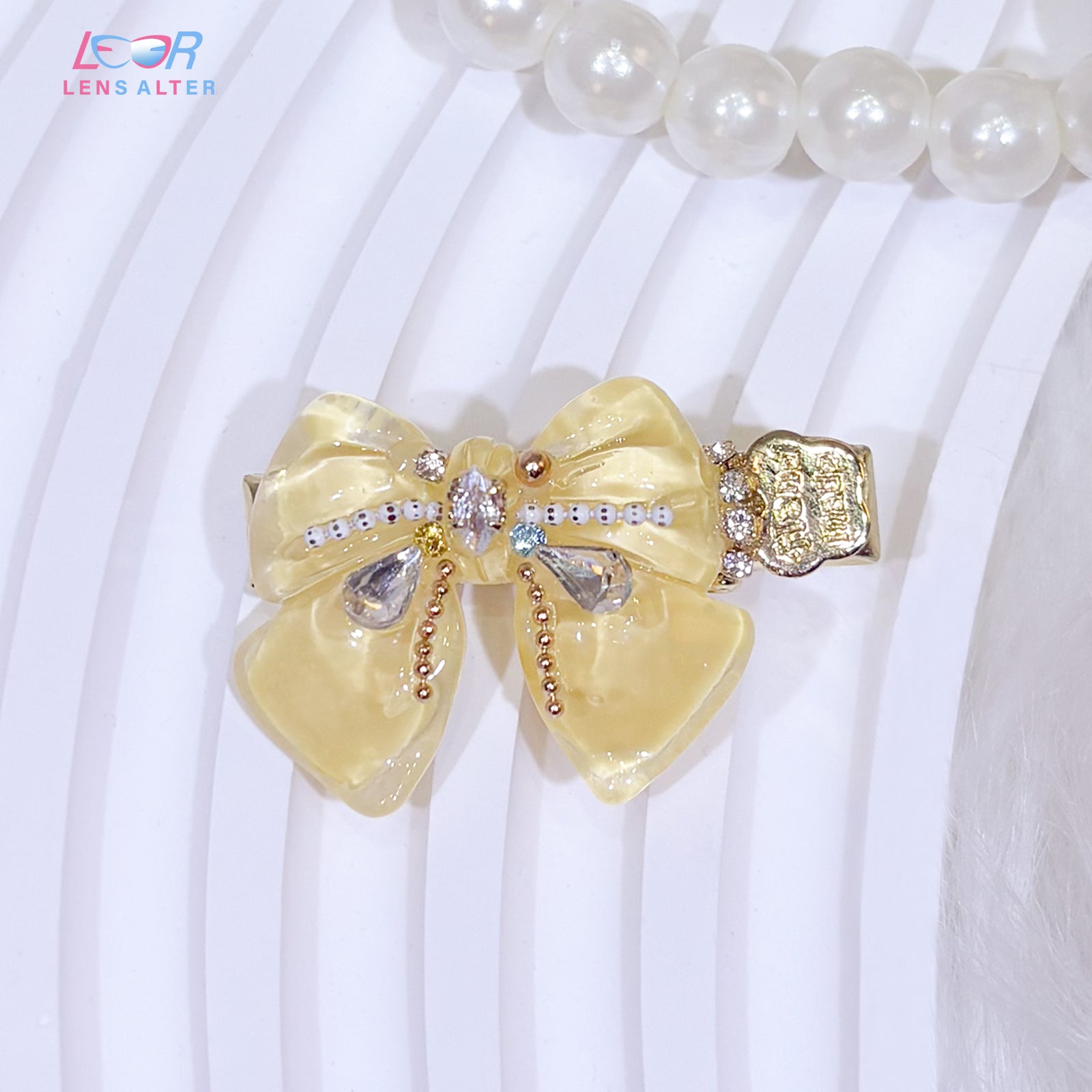When it comes to selecting eyeglasses, many find themselves perplexed by the term "lens refractive index." Don't worry, we' ve all bean there. Here's a breakdown to help you navigate this aspect:
Common refractive indices include 1.56, 1.61, 1.67, 1.71, and 1.74. At LensAlter, we've simplified the process by selecting high-quality lenses, include reflextive index 1.61, 1.67 and 1.74 for you.
In essence, a higher refractive index results in thinner lenses. This means that, with the same prescription and material, the edges of higher refractive index lenses are thinner than those with lower refractive indices, maintaining the same center thickness.

Take, for example, a prescription of 600 degrees for nearsightedness. Opting for a lens with a refractive index of 1.74 will result in a lighter and thinner lens compared to 1.61 index lens.
But is choosing the highest refractive index always the best option?
Not necessarily. The key is to select the refractive index that best suits your prescription:
-
For prescriptions below 300 degrees, 1.61 is recommended.
-
For prescriptions between 300 and 600 degrees, 1.67 is the ideal choice.
-
For prescriptions exceeding 600 degrees, opt for 1.74 for optimal performance.
At LensAlter, we prioritize not only quality but also the perfect match for your vision needs. Let us help you see the world more clearly with the right refractive index for your lenses.





